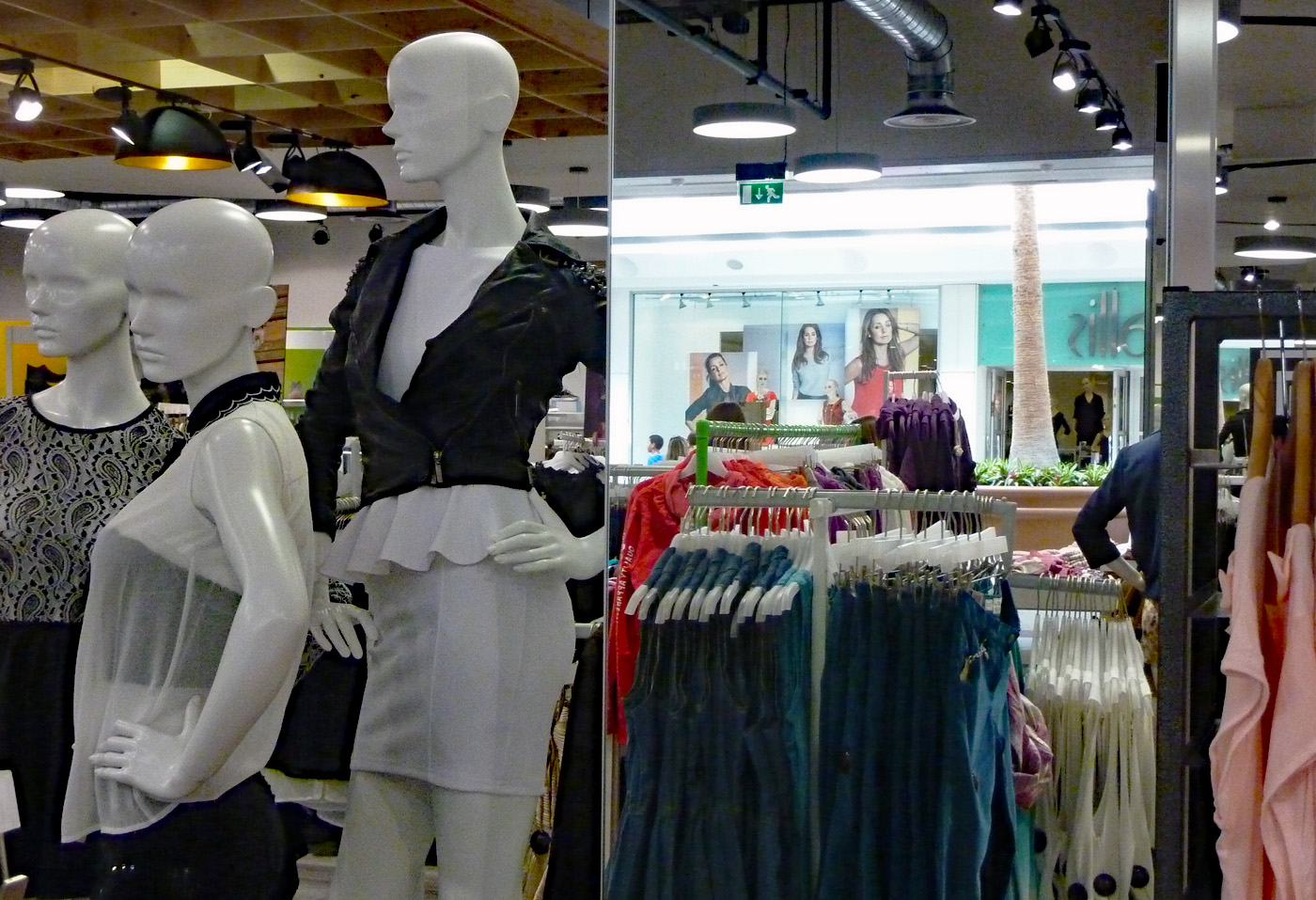 For many goods and services, economists argue that relatively unregulated markets often do a pretty good job in delivering desirable outcomes from society’s view point.
For many goods and services, economists argue that relatively unregulated markets often do a pretty good job in delivering desirable outcomes from society’s view point.
However, for these desirable outcomes to occur, certain conditions need to be present. One of these is that all the benefits and costs of consuming and producing the good/service must be experienced/incurred by the buyers and sellers directly involved in the transaction: i.e. there are no externalities. The market can still work effectively if people outside of the transaction are affected (i.e. third parties) but the impact occurs through the price mechanism.
The fast fashion industry
Fast fashion refers to designs and trends that rapidly pass from catwalks and designers to retailers. The clothes sell for low prices and in high quantities. The business model relies on regular purchases and impulse buying. It is particularly popular in the UK where annual clothing consumption per capita is significantly greater than in other European countries – 26.7kg vs 16.7kg in Germany and 14.5kg in Italy. On average, people in the UK have 115 items of clothing. Unsurprisingly, 30 per cent of these garments have not been worn for at least 12 months.
Externalities in fast fashion
There is lots of evidence that the fast fashion market fails to meet the condition of no externalities. Instead, it generates lots of external costs across its whole supply chain that do not affect third parties through the price mechanism. For example:
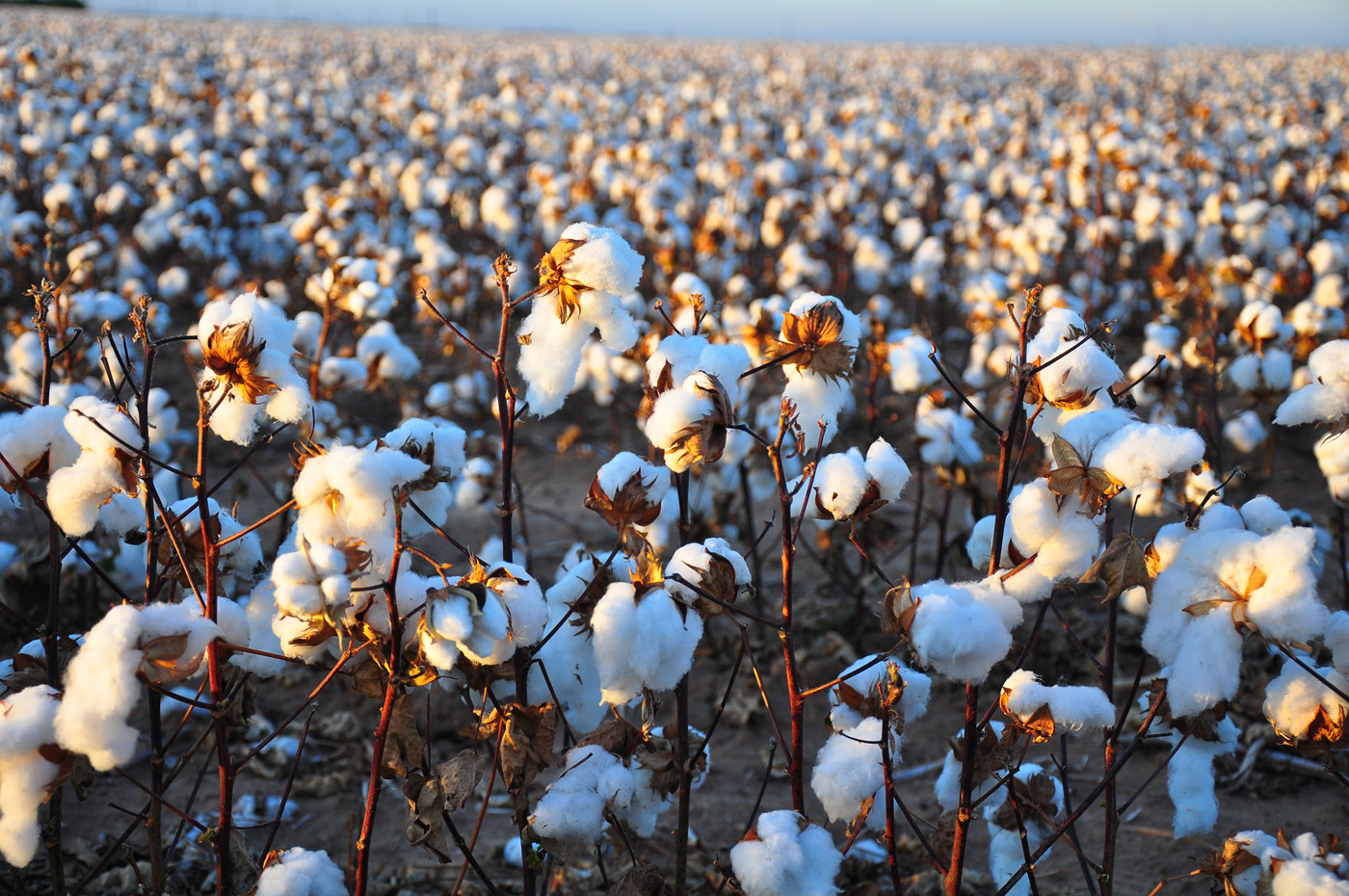
- Growing cotton requires large amounts of water. Some estimates suggest that on average it takes 10 000 litres of water to cultivate just one kilogram of cotton. As water is a common resource (rival and non-excludable), its use in cotton production can exceed socially desirable levels. This can have serious consequences for both the quantity of drinking and ground water and can lead to previously fertile land being transformed into arid regions that are too dry to support vegetation.
- Growing cotton also uses large amounts of pesticide. Some estimates suggest that 6 per cent of global pesticide production is applied to cotton crops. Extended contact with these chemicals can cause illness and infertility. It also has a negative impact on the long-term productivity of the soil. For example, the chemicals destroy microorganisms, plants and insects and so decrease biodiversity.
- The manufacture of synthetic fibres such as polyester has a smaller negative impact on the use of water and land than the cultivation of a natural fibre such as cotton. However, because it is derived from oil, its manufacture generates more CO2 emissions. One study compared the CO2 emissions from producing the same shirt using polyester and cotton. The former generated 5.5kg whereas the latter produced 2.1kg.
- The waste water from the use of solvents, bleaches and synthetic dyes in the manufacture of textiles/garments often flows untreated into local rivers and water systems. This is especially the case in developing countries. Estimates suggest that this is responsible for between 17 and 20 per cent of industrial global water pollution.
- There are excessive levels of textile waste. This can be split into producer waste and consumer waste. Producer waste consists of 10–15 per cent of the fabric used in the manufacture of garments that ends up on the cutting room floor. It also includes deadstock – unsold and returned garments. For example, Burberry admitted that in 2017 it incinerated £28.6 million of unsold stock. In the same year, UK consumers disposed of 530 000 tonnes of unwanted clothing, shoes, bags and belts. This all went for landfill and incineration.
- Textiles are one of the major sources of microplastic pollution and contribute 35 per cent (190 000 tonnes) of microplastic pollution in the oceans. A 6kg domestic wash can release as many as 700 000 synthetic fibres.
Addressing the externalities
The House of Commons Environmental Audit Committee published a report on the fashion industry in February 2019. One of its key recommendations was that the tax system should be reformed so that it rewards fashion companies that design products with lower environmental impacts.
The UK government has tended to focus on the use of plastic rather than textiles. For example, it introduced a charge for single use carrier bags as well as banning the use of microbeads in rinse-off personal products and plastic straws/stirrers.
In April 2022, a new tax is being introduced in the UK on the plastic packaging of finished goods that is either manufactured in the UK or imported from abroad. The rate, set at £200 per metric tonne, will apply to packaging that contains less than 30 per cent of recycled plastic.
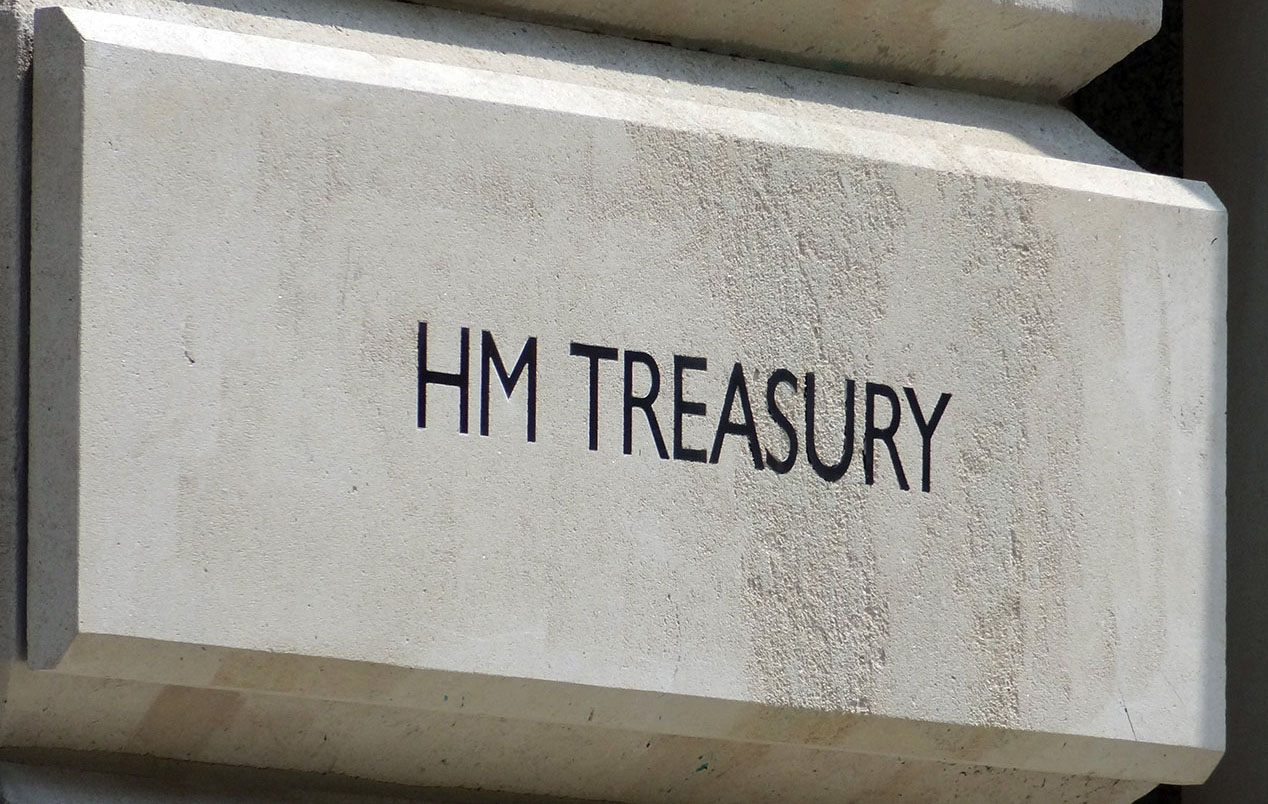 One specific proposal made by the Environmental Audit Committee was for the government to consider extending this new tax to textiles that contain less than 50 per cent recycled polyester. A recent study found that just under 50 per cent of clothes for sale on leading online websites were made entirely from new plastics.
One specific proposal made by the Environmental Audit Committee was for the government to consider extending this new tax to textiles that contain less than 50 per cent recycled polyester. A recent study found that just under 50 per cent of clothes for sale on leading online websites were made entirely from new plastics.
The committee also called for the introduction of an extended producer responsibility scheme. This would make textile businesses responsible for the environmental impact of their products: i.e. they would have to contribute towards the cost of collecting, moving, recycling and disposing of their garments. It could involve the payment of an up-front fee, the size of which would depend on the environmental impact of the product.
In its Waste Prevention Programme for England published in March 2021, the government announced plans to consult with stakeholders about the possibility of introducing an ‘extended producer responsibility scheme’ in the textile industry. The House of Commons Environmental Audit Committee is also carrying out a follow-up inquiry to its 2019 report.
Articles
Government and Parliament documents and reports
Questions
- Using the concepts of rivalry and excludability, define the concept of a common resource.
- Explain the ‘tragedy of the commons’ and how it might apply to the use of water in the cultivation of cotton.
- Draw a diagram to illustrate how negative externalities in consumption and production lead to inefficient levels of output in an unregulated competitive market.
- Using a diagram, explain how imposing a tax on producers of textile products that contain less than 50 per cent recycled polyester could reduce economic inefficiency.
- Explain the potential limitations of using taxation/regulation to address the pollution issues created by the fast fashion sector.
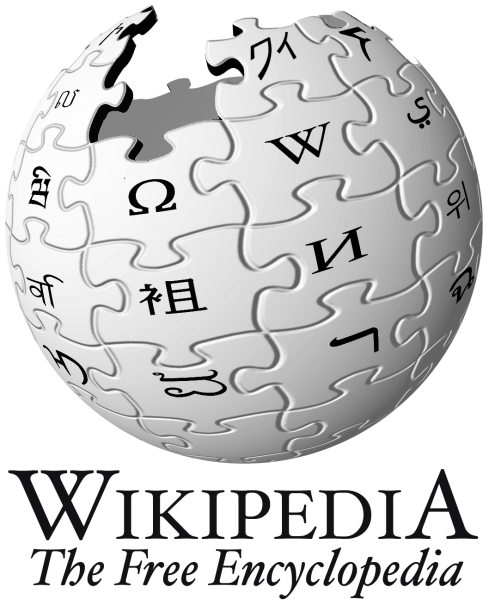 Wikipedia is a free on-line encyclopedia which is compiled and maintained by some of the people who use it regularly. It has been estimated that on any given day 15% of all internet users visit the website. Anyone can write new articles or edit existing material. The encyclopedia has over 5 million entries. So how is it financed?
Wikipedia is a free on-line encyclopedia which is compiled and maintained by some of the people who use it regularly. It has been estimated that on any given day 15% of all internet users visit the website. Anyone can write new articles or edit existing material. The encyclopedia has over 5 million entries. So how is it financed?
If you visit the Wikipedia website at the moment you will be greeted by the following message:
DEAR READERS, We’ll get right to it: This week we ask you to help Wikipedia. To protect our independence, we’ll never run ads. We’re sustained by donations averaging about £10. Only a tiny portion of our readers give. If everyone reading this right now gave £2, our fundraiser would be done within an hour. That’s right, the price of a cup of coffee is all we need. We’re non-profit with costs of a top website: servers, staff and programs. We believe everyone should have access to free knowledge, without restriction or limitation. If Wiki We believe everyone should have access to free knowledge, without restriction or limitation. If Wikipedia is useful to you, please take one minute to keep our work going another year. Thank you.pedia is useful to you, please take one minute to keep our work going another year. Thank you.
Wikipedia Foundation, the not-for-profit company that manages the Wikipedia website, has been running these donation drives for a number of years. The 2014/15 financial year was their most successful to date as 4 million donations were made by people from all over the world.  A total of $75 million was raised compared with $15 million in 2009/10. Although the average contribution was $15.20 in 2014/15, some people contributed over $250,000!
A total of $75 million was raised compared with $15 million in 2009/10. Although the average contribution was $15.20 in 2014/15, some people contributed over $250,000!
Many of you studying economics might find these figures surprising as Wikipedia would appear to have some of the characteristics associated with public goods. On the one hand, the material is perfectly non-rival. If someone decides to read an entry on Wikipedia it does not prevent other users from being able to read the same article. The article does not get used up or depleted in the act of being read. On the other hand, however, it is possible to exclude non-payers from gaining access to the material. For example in June 2010, the Times and Sunday Times introduced a subscription service for access to on-line versions of the newspapers. The New York Times recently announced that it had one million digital subscribers. However given its non-rivalrous nature, material could be shared between payers and non-payers. Groups of people could even get together and share one subscription.
The statement provided by Wikipedia clearly expresses the importance it attaches to free access. Given that it is non-rivalrous in consumption and free of charge to all users, does economic theory predict that people will (i) make voluntary monetary donations (ii) contribute and edit the on-line entries?
If all users are driven by narrowly self-interested preferences and act in a rational manner, then they will not pay and no donations will be made. People will choose to free ride as they can read exactly the same material whether they have paid for it or not.
Given the results of the fund-raising drive are so at odds with this prediction, it suggests that a significant number of Wikipedia users have either altruistic preferences and/or respond to social norms.
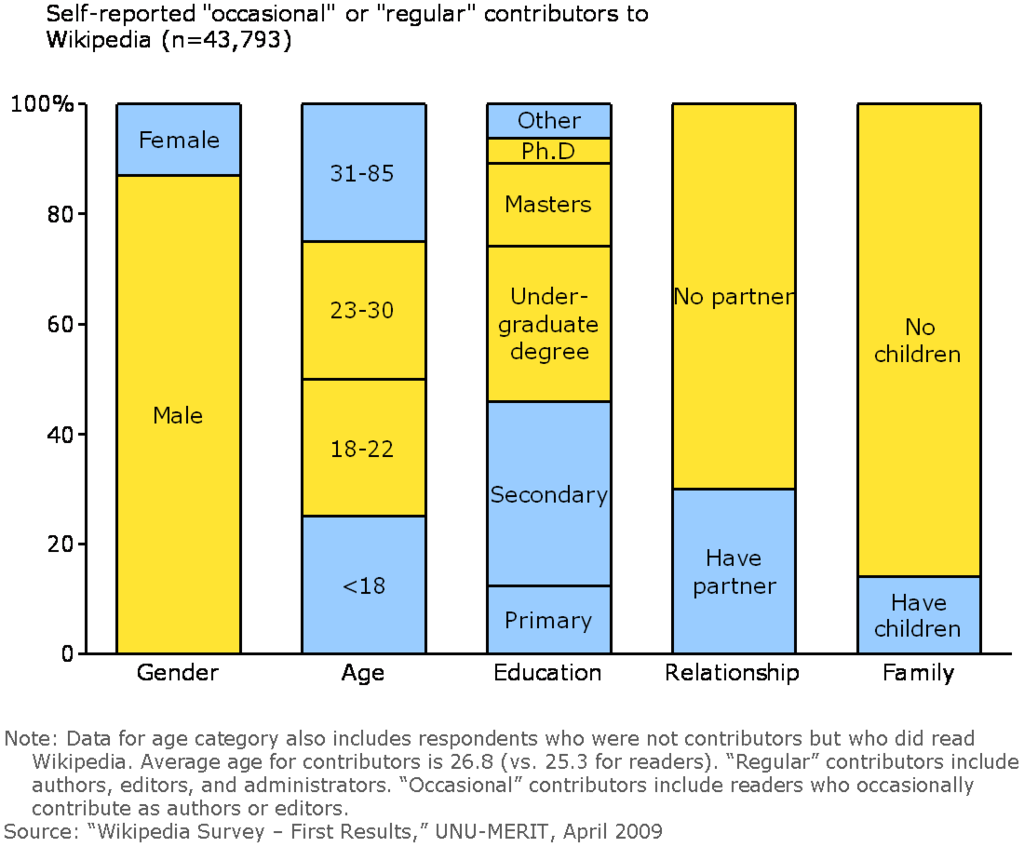 If a rational self-interested person receives no monetary payment for writing or editing an entry would they ever contribute to the website? Given the effort involved it would seem highly unlikely. However the Wikipedia website claims that over 125,000 people contribute regularly. They are referred to as ‘Wikipedians’.
If a rational self-interested person receives no monetary payment for writing or editing an entry would they ever contribute to the website? Given the effort involved it would seem highly unlikely. However the Wikipedia website claims that over 125,000 people contribute regularly. They are referred to as ‘Wikipedians’.
One possible explanation for this behaviour is that some individuals gain utility/pleasure from other people reading and finding their entries both useful and interesting. This utility might increase with the number of potential readers. Therefore keeping access free is a motivating factor for a number of contributors as it maximises the potential readership of their entries. However, the number of contributors fell by a one third between 2007 and 2014.
An interesting question is whether the quantity and quality of contributions would increase if Wikipedia implemented a subscription service which generated enough revenue to enable contributors to be paid but also significantly reduced the number of users.
An alternative way of generating revenue would be to allow advertisements on the website while keeping access free of charge. This option has been resisted so far.
Articles
The Wikipedia fundraising banner sad but untrue Wikipediocracy, The Masked Maggot and friends (11/12/2014)
Newsonomics:10 numbers on the New York times 1 million digital-subscriber milestone Nieman. Ken Doctor (6/8/2015)
The trouble with “Free Riding” Freedom to tinker, Timothy B. Lee (24/8/2008)
The future of Wikipedia: Wikipeaks? The Economist (1/3/2014)
Wikimedia publications
Fundraising report 2014-2015 Wikimedia foundation (26/10/2015)
Wikipedia community
Questions
- How do economists classify goods or services that have a low degree of rivalry but where it is relatively easy to exclude non-payers? Give some real world examples to illustrate your answer.
- How do economists classify goods and services that have a high degree of rivalry but where it is relatively difficult to exclude non-payers? Give some real world example to illustrate your answer.
- Explain why an economically rational individual might still make a donation towards the running of the Wikipedia website.
- Why do you think the number of contibutors has fallen?
- People often complain that Wikipedia entrees are badly written and contain numerous mistakes. To what extent do you think that paying contributors would help to overcome this problem?
- What are the possible advantages/disadvantages of financing Wikipedia by using advertising revenue?
 Every summer a number of air shows take place in the UK, such as those at Farnborough, Cosford and the Royal International Air Tattoo. Some of these events prove to be extremely popular and successful. For example, over 50,000 people attended the event at Cosford on Sunday 9th June to watch a five-and-a-half-hour flying display, including the Red Arrows, a Vulcan bomber and a RAF Battle of Britain Memorial Flight, which featured Spitfire, Hurricane and Lancaster aircrafts.
Every summer a number of air shows take place in the UK, such as those at Farnborough, Cosford and the Royal International Air Tattoo. Some of these events prove to be extremely popular and successful. For example, over 50,000 people attended the event at Cosford on Sunday 9th June to watch a five-and-a-half-hour flying display, including the Red Arrows, a Vulcan bomber and a RAF Battle of Britain Memorial Flight, which featured Spitfire, Hurricane and Lancaster aircrafts.
The event was so popular that some people who had paid £25 for a ticket failed to make it to the show ground because they were stuck in a 9 mile traffic jam! The popularity of these events does raise an interesting economic question. Why do so many people pay to attend when it is possible to watch much of the air show from outside the showground? If people can enjoy the benefits of watching an event whether or not they have paid then we might expect the majority of them not to pay.
Air shows seem to have some of the characteristics of a public good: i.e. to some extent the consumption benefits are both non-rival and non-excludable. By non-rival it is meant that one person’s use or consumption of the good does not decrease the quantity available for somebody else to use or consume. If one person watches the Red Arrows fly by, it does not decrease the ability of others to watch them. Contrast this with a product that has the characteristic of being ‘rival’ such as a hamburger. If someone eats a hamburger, it reduces the amount that is available for others to enjoy. The good is ‘used up’ during consumption. Other people cannot eat the same hamburger!!! Many sporting and music events share this characteristic of non-rivalry. For example if somebody is watching a band playing live at Glastonbury it does not stop somebody else from enjoying the benefits of watching the band. The performance of the band is not ‘used up’ like the hamburger when a person watches the show.
The major difference between Glastonbury and an air show is that the event organisers at Glastonbury can prevent people who have not paid for a ticket from enjoying the show. The event is excludable, as fans have to enter the show arena in order to see the bands. However, as one contributor to an internet discussion site commented:
Air show organisers are at a particular disadvantage compared to other show organisers because the key elements of their show can be seen for miles.
Another contributor added that:
Unfortunately being an air show by its very nature it’s very public – the planes are in the air for everyone to see for free for miles around.
In other words, air shows have the characteristic of being non-excludable, as people can benefit regardless of whether they have paid or not.
These public good properties seem to be causing problems for an air show in Welshpool that appears to have an issue with a number of non-payers watching the event. The organisers recently stated that:
We can’t stop people watching from the hillsides, but perhaps we can make them understand that they need to come to the show and pay.
The previous year the organisers had sent people out with buckets to collect voluntary donations from those sitting on the hillside. However they found that:
People were not for giving much at all and it was noticeable how much copper was in the buckets we’d used and there were hardly any notes.
One solution being proposed in order to generate more revenue is to increase the entry fee, which is currently £5, in order to compensate for those who are not paying.
Articles
Bob Jones Memorial Air Show urges people to buy tick BBC News (9/6/13)
How to make an airshow pay PistonHeads, (9/6/13)
Free or should you pay Talk Photography, (9/6/13)
An organisers view Airshow, (9/6/13)
Cosford Air Show pledge over traffic chaos Shropshire Star, (10/6/13)
RAF Cosford Air Show – Home RAF Cosford Air Show, (12/6/13).
Questions
- What practical problems does a show such as Glastonbury face in trying to make the event excludable?
- In the blog it explains how one person watching a band live does not have a negative impact on the pleasure other people will derive from watching the same band: i.e. it is non-rival. Is this always true? Can you think of any circumstances when watching a live band might become a rival good?
- What term do economists use for goods that are non-rival but are excludable? Think of at least three examples.
- What ideas might the organisers of an air show adopt to encourage people to pay and enter the show ground area?
- Can you think of any strategies that might be used to increase the number and size of the voluntary donations made by those who watch the airshow for free from a hill-side?
- What are the organisers assuming about the price elasticity of demand for the air show at its current price if they claim that increasing prices will lead to an increase in revenue?
 For many goods and services, economists argue that relatively unregulated markets often do a pretty good job in delivering desirable outcomes from society’s view point.
For many goods and services, economists argue that relatively unregulated markets often do a pretty good job in delivering desirable outcomes from society’s view point.
 One specific proposal made by the Environmental Audit Committee was for the government to consider extending this new tax to textiles that contain less than 50 per cent recycled polyester. A recent study found that just under 50 per cent of clothes for sale on leading online websites were made entirely from new plastics.
One specific proposal made by the Environmental Audit Committee was for the government to consider extending this new tax to textiles that contain less than 50 per cent recycled polyester. A recent study found that just under 50 per cent of clothes for sale on leading online websites were made entirely from new plastics.


